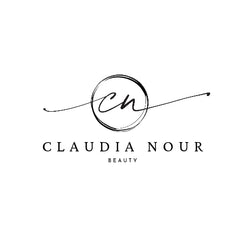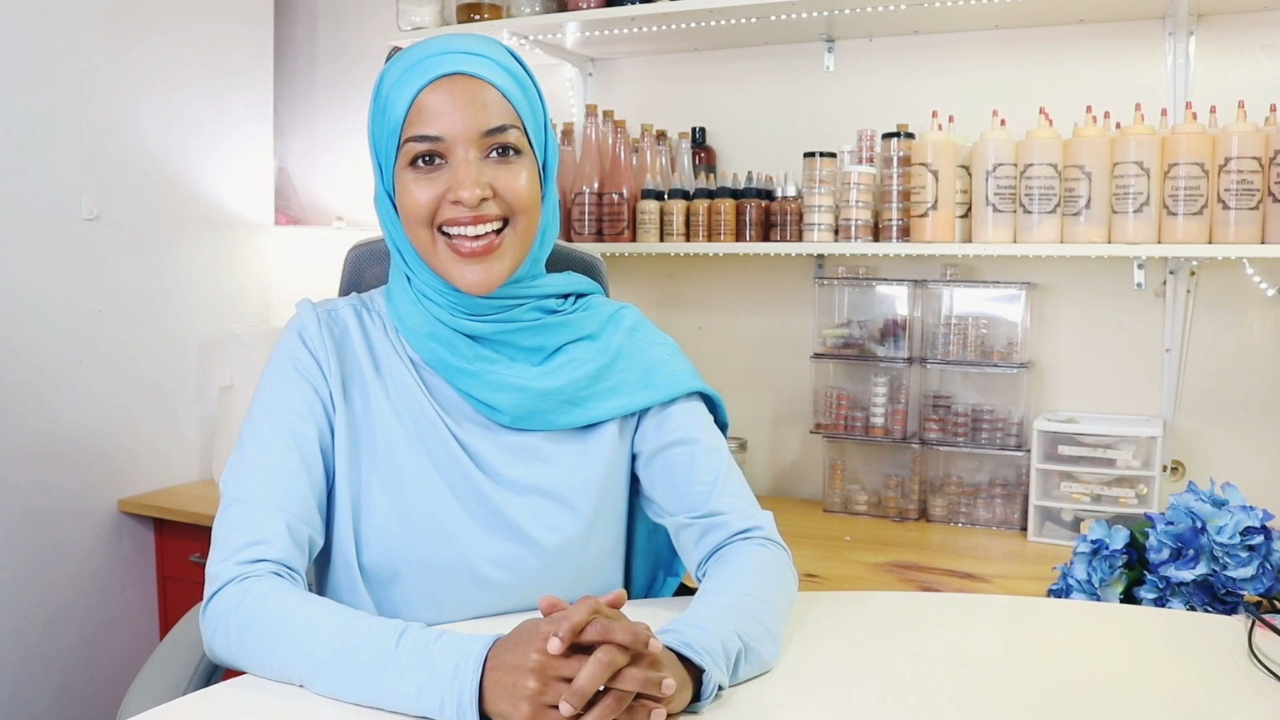Beeswax is a wonderful ingredient, with so many uses for us in skin care and cosmetics, and a question that comes up often, is how can a product be wudhu friendly, if it contains beeswax?
So I would like to take a time to write up and explain in this blog post, so if you are having this question, you can get a clear answer and have peace of mind.
Beeswax is an ingredient that comes from bees, and it's used because it can create an occlusive layer on the skin, but it is a complex product that is made up of nearly 300 different compounds, including acids, esters, polyesters, fatty alcohols, and more. So, it increases the skin’s softness and hydration, while also having antibacterial properties. It is indeed a blessing from Allah upon us.
When used as is, meaning 100% of the formulation is beeswax, then it is a wonderful waterproofing ingredient mainly used for clothes, shoes, bags, etc). But when it comes to cosmetics, a product made 100% of beeswax would be very difficult to apply and not would not feel very nice on the skin
So what it's important to know, is that the percentage at which beeswax is used will greatly affect the waterproof effect it has.
Not only that, but for cosmetics to be waterproof, they actually need a carefully crafted combination of waxes, silicones and oils. If you look in the back of any product that is waterproof, you can see in the ingredient list that these three ingredients will be listed, and even a few variations of each of these. (If you want to know how to tell if a product has silicone, click here)
So when it any of these is missing, it's very likely that the product won't be waterproof.

So when it any of these is missing in a formulation, it's very likely that the product won't be waterproof.
So, with this information, what I do when I formulate my products is that i first omit the silicones, and I work with a balance of oils and waxes that does not make a final product that is waterproof.
For some products like the Cream Concealers, I formulate with a combination of waxes, oils and emulsifying wax. So the key is removing the silicones, and introducing the emulsifier, whose function is that to break up the bond of the waxes and make it so that oil does not repel the water, so when you make wudhu, the water can reach the skin.

What about the lipsticks?
The lipsticks are formulated with a careful balance of waxes and oils, but without an emulsifier. This is because the skin on the lips is very thin and needs the extra protection that the waxes and oils bring.
So there is the waxy part of the lipstick (which is what allows you to glide your lips against each other) but this waxy part is also something that we would naturally take off before taking wudhu, either by using a napkin to blot our lips or by it just fading with wear.
For example if you apply lipstick in the morning around 9 a.m., and then Dhuhr prayer comes in (let's say around 1 p.m.), by then, your lisptick is most likely a stain, only the color remains, not the waxy part, so you can take wudhu without blotting your lips.
So when your lips loose that glide, and what remains behind is the color, then in this case you can take wudhu as usual with them.

"ongoing article"











